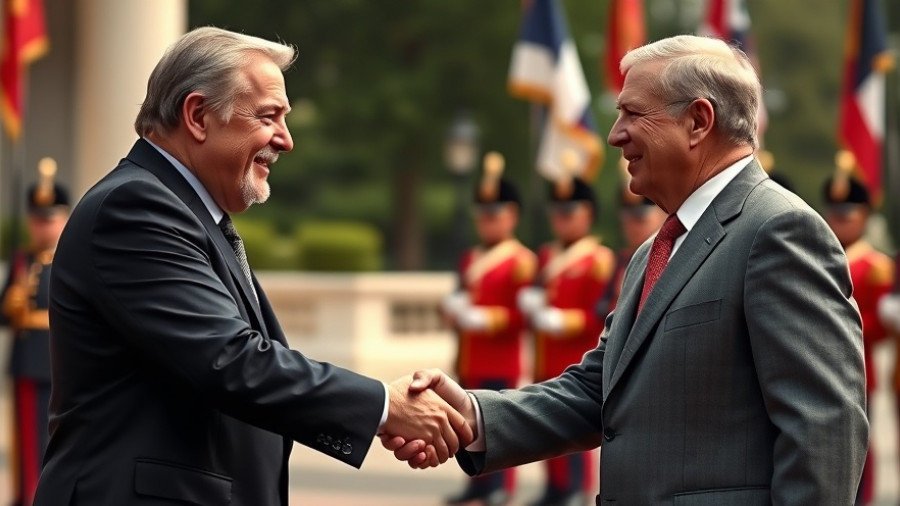
Why Tomahawk Missiles Matter
During a recent meeting with U.S. President Donald Trump, Ukrainian President Volodymyr Zelensky sought to bolster Ukraine's military capabilities by acquiring Tomahawk cruise missiles. These long-range missiles are seen as pivotal in Ukraine's defense strategy against Russian aggression, potentially allowing strikes on vital Russian infrastructure. However, Trump expressed hesitations about supplying such weaponry, citing concerns regarding escalation in the ongoing conflict. This conversation highlights the delicate balance between supporting allies and managing international tensions.
Analyzing Trump's Hesitancy
Trump's reluctance to provide the Tomahawks underscores a larger issue of U.S. military support in global conflicts. The president indicated that while having such advanced weapons might deter Russia, it could also worsen relations with Moscow and lead to heightened risks of escalation. Trump stated, "Hopefully they won't need it, hopefully we'll be able to get the war over without thinking about Tomahawks." This highlights the U.S. administration's cautious approach while dealing with the complexities of foreign military support.
Ukraine's Position and Strategy
For Zelensky, having access to Tomahawk missiles would significantly enhance Ukraine's military standing by allowing for proactive measures against vital Russian targets, particularly oil and energy facilities which are crucial to Putin’s war economy. Zelensky's negotiation tactics, including offering drones in exchange for missiles, showcase Ukraine's resourcefulness. While he left Washington with a realistic outlook, his determination to strengthen Ukraine's defense remains evident.
Future Implications for Ukraine and Trump
The ongoing discussions around military support raise questions about the future landscape of U.S. foreign policy in Ukraine. As Trump prepares for talks with Putin, it's evident that Zelensky's negotiation for Tomahawks will remain a focal point. The stakes are high—not just for Ukraine, but for U.S.-Russia relations as any decision on military aid could influence the trajectory of the war and broader geopolitical dynamics.
Engaging the International Community
Post-meeting, Zelensky reached out to European leaders to discuss the outcomes of his talks with Trump, emphasizing collaboration to ensure Ukraine’s security. The UK has promised continued support, indicative of a united front among Western nations in the face of Russian aggression. This collaborative approach is essential as it empowers Ukraine while demonstrating to Russia that the international community stands firmly behind Kyiv.
Zelensky’s visit to Washington might not have concluded with a favorable military agreement, but it opened doors for further dialogue, emphasizing the necessity for continual discussions to navigate this complex conflict. As his administration presses for crucial aid, the attention will remain on how the U.S. manages its role in supporting global allies while navigating the treacherous diplomatic waters ahead.
 Add Row
Add Row  Add
Add 




Write A Comment